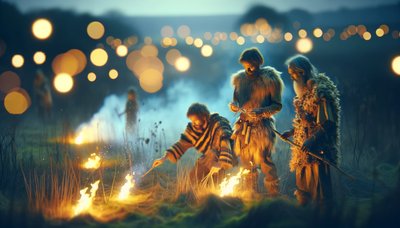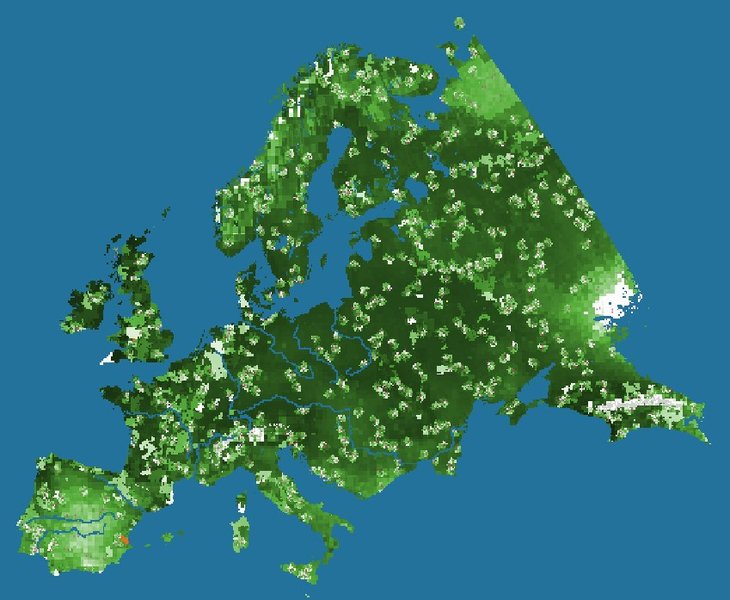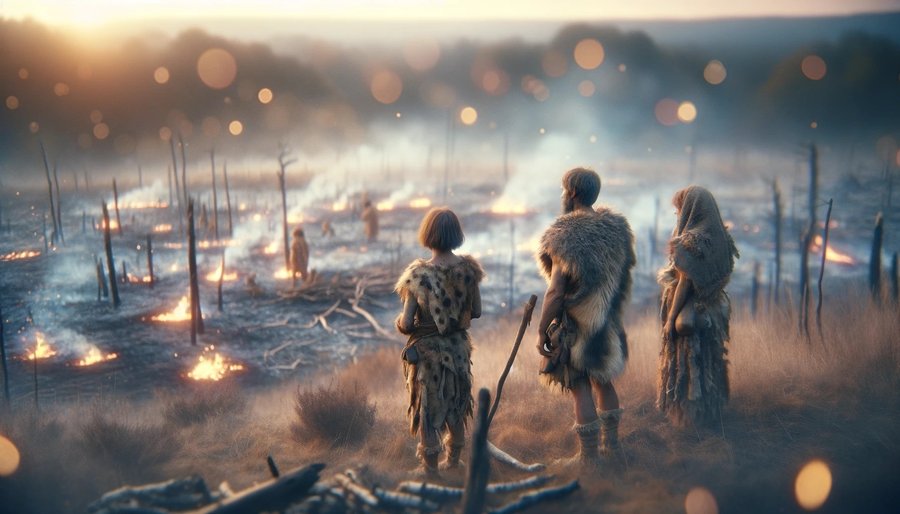HUMLAND2: HUMan impact on LANDscapes agent-based model (2.0.0)
The HUMan Impact on LANDscapes (HUMLAND) 2.0.0 is an enhanced version of HUMLAND 1.0.0, developed to track and quantify the intensity of various impacts on landscapes at a continental scale. The model is designed to identify the most influential factors in the transformation of interglacial vegetation, with a particular focus on the burning practices of hunter-gatherers. HUMLAND 2.0.0 incorporates a wide range of spatial datasets as both inputs and targets (expected modelling results) for simulations across Last Interglacial (~130,000–116,000 BP) and Early Holocene (~11,700–8,000 BP).

Release Notes
-Introduced the capability to run simulations for two Last Interglacial periods (Mesocratic I and II) and seven Early Holocene periods (11,700–8200 BP with 500-year intervals).
-Upgraded the megafauna plant consumption sub-model, enabling animals to influence vegetation during the regeneration phase.
Associated Publications
Anastasia Nikulina, Katharine MacDonald, Anhelina Zapolska, Maria Antonia Serge, Didier M. Roche, Florence Mazier, Marco Davoli, Elena A. Pearce, Jens-Christian Svenning, Dave van Wees, Ralph Fyfe, Wil Roebroeks, Fulco Scherjon. European hunter-gatherers impacted landscapes since at least the Last Interglacial (submitted)
HUMLAND2: HUMan impact on LANDscapes agent-based model 2.0.0
The HUMan Impact on LANDscapes (HUMLAND) 2.0.0 is an enhanced version of HUMLAND 1.0.0, developed to track and quantify the intensity of various impacts on landscapes at a continental scale. The model is designed to identify the most influential factors in the transformation of interglacial vegetation, with a particular focus on the burning practices of hunter-gatherers. HUMLAND 2.0.0 incorporates a wide range of spatial datasets as both inputs and targets (expected modelling results) for simulations across Last Interglacial (~130,000–116,000 BP) and Early Holocene (~11,700–8,000 BP).
Release Notes
-Introduced the capability to run simulations for two Last Interglacial periods (Mesocratic I and II) and seven Early Holocene periods (11,700–8200 BP with 500-year intervals).
-Upgraded the megafauna plant consumption sub-model, enabling animals to influence vegetation during the regeneration phase.




